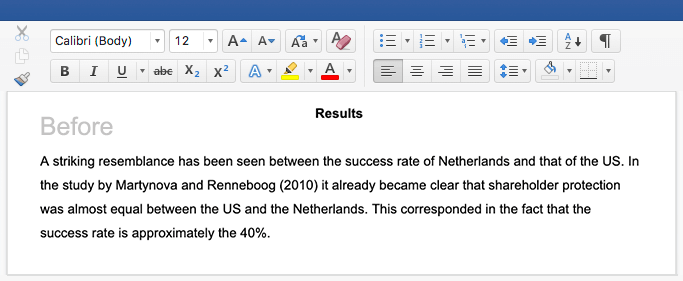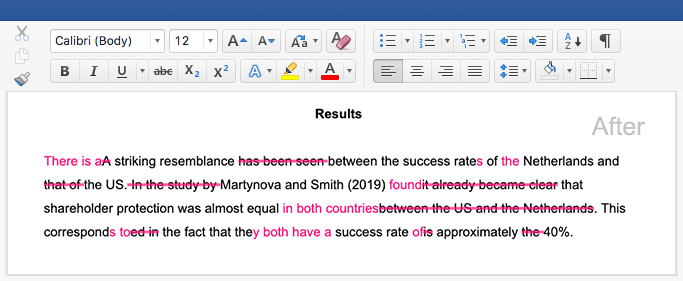What Is a Scholarly Source? | Beginner's Guide
Scholarly sources (aka academic sources) are written by experts in their field. They’re supported by evidence and informed by up-to-date research.
As a student, you should aim to use scholarly sources in your research and to follow the same kinds of scholarly conventions in your own writing. This means knowing how to:
- Distinguish between different types of sources
- Find sources for your research
- Evaluate the relevance and credibility of sources
- Integrate sources into your text and cite them correctly
These skills allow you to support your research using credible and relevant data, and give proper credit to the scholars whose work you engage with.
What is a scholarly source?
Scholarly sources are written by experts and are intended to advance knowledge in a specific field of study.
They serve a range of purposes, including:
- Communicating original research
- Contributing to the theoretical foundations of a discipline
- Summarising current research trends
Scholarly sources use formal and technical language, as they’re written for readers with knowledge of the discipline.
They should:
- Aim to educate or inform
- Support their arguments and conclusions with evidence
- Be attributed to a specific author or authors, also indicating their academic qualifications
They should not:
- Present a biased perspective
- Contain spelling or grammatical errors
- Rely on appeals to emotion
Scholarly sources should be well structured and contain information on the methodology used in the research they describe. They may also include a literature review. They contain formal citations wherever information from other sources is referenced.
Scholarly books are typically published by a university press or academic publisher. Scholarly articles are typically longer than popular articles. They are published in discipline-specific journals and are typically peer-reviewed.
Types of sources
Various types of sources are used in academic writing. Different sources may become relevant at different stages of the research process.
The sources commonly used in academic writing include:
- Academic journals
- Scholarly books
- Websites
- Newspapers
- Encyclopedias
Depending on your research topic and approach, each of these sources falls into one of three categories:
- Primary sources provide direct evidence about your research topic (e.g., a diary entry from a historical figure).
- Secondary sources interpret or provide commentary on primary sources (e.g., an academic book).
- Tertiary sources summarize or consolidate primary and secondary sources but don’t provide original insights (e.g., a bibliography).
Tertiary sources are not typically cited in academic writing, but they can be used to learn more about a topic.
If you’re unsure what kinds of sources are relevant to your topic, consult your instructor.
How do I find scholarly sources?
In practically any kind of research, you’ll have to find sources to engage with. How you find your sources will depend on what you’re looking for. The main places to look for sources are:
- Research databases: A good place to start is with Google Scholar. Also consult the website of your institution’s library to see what academic databases they provide access to.
- Your institution’s library: Consult your library’s catalog to find relevant sources. Browse the shelves of relevant sections. You can also consult the bibliographies of any relevant sources to find further useful sources.
When using academic databases or search engines, you can use Boolean operators to include or exclude keywords to refine your results.
How do I evaluate sources?
Knowing how to evaluate sources is one of the most important information literacy skills. It helps you ensure that the sources you use are scholarly, credible, and relevant to your topic, and that they contain coherent and informed arguments.
You can:
- Evaluate the credibility of a source using the CRAAP test or lateral reading. These help you assess a source’s currency, relevance, authority, accuracy, and purpose.
- Evaluate a source’s relevance by analyzing how the author engages with key debates, major publications or scholars, gaps in existing knowledge, and research trends.
- Evaluate a source’s arguments by analysing the relationship between a source’s claims and the evidence used to support them.
When you are evaluating sources, it’s important to think critically and to be aware of your own biases.
Integrating and citing sources
In addition to finding and evaluating sources, you should also know how to integrate sources into your writing. You can use signal phrases to introduce sources in your text, and then integrate them by:
- Quoting: This means including the exact words of another source in your paper. The quoted text must be enclosed in quotation marks or (for longer quotes) presented as a block quote. Quote a source when the meaning is difficult to convey in different words or when you want to analyse the language itself.
- Paraphrasing: This means putting another person’s ideas into your own words. It allows you to integrate sources more smoothly into your text, maintaining a consistent voice. It also shows that you have understood the meaning of the source.
- Summarising: This means giving an overview of the essential points of a source. Summaries should be much shorter than the original text. You should describe the key points in your own words and not quote from the original text.
You must cite a source whenever you reference someone else’s work. This gives credit to the author. Failing to cite your sources is regarded as plagiarism and could get you in trouble.
The most common citation styles are APA, MLA, and Chicago style. Each citation style has specific rules for formatting citations.
The easiest way to create accurate citations is to use the free Scribbr Citation Generator. Simply enter the source title, URL, or DOI, and the generator creates your citation automatically.


